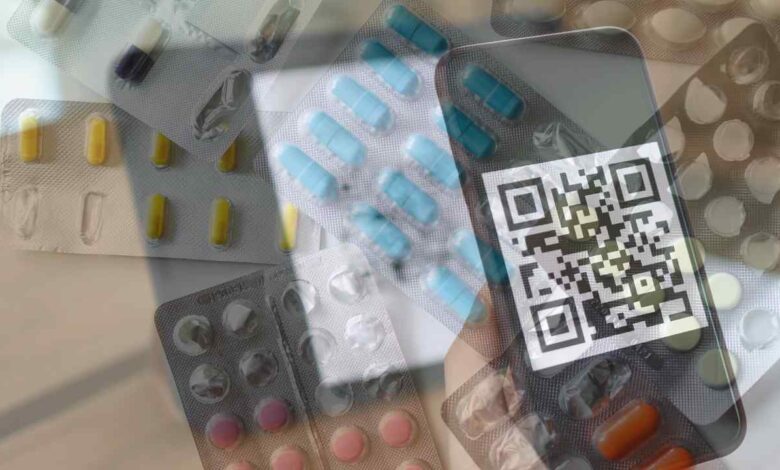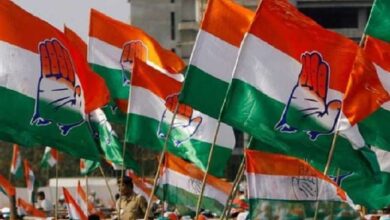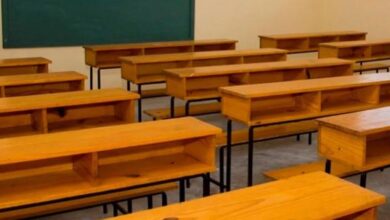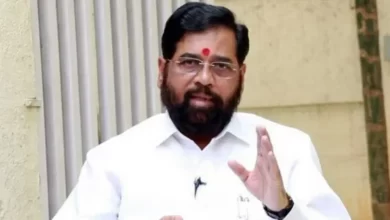Now the identification of real or fake medicine will be done only through mobile, the government is bringing QR code system

The government is working on a track and trace mechanism to check the use of counterfeit medicines.
What is the importance of medicine in life, it is not hidden from anyone. Also, how big is the market of medicines, it is also not hidden from anyone and at the same time the business of fake medicines is flourishing very fast. Nowadays, there is a flood of pharma companies in the market, every day news comes that fake medicine was caught from the shop of such city. Now the government is preparing to rein in this. From now on, whether a medicine is real or fake, you will be able to find out by scanning it from the mobile. In fact, the government is working on a track and trace mechanism, which will crack down on the use of counterfeit medicines.
Trial on 300 best selling drugs
Let us tell you that under this scheme, in the first phase of trial, pharmaceutical companies will print or paste barcodes or QR codes on the primary product packaging labels of 300 best-selling drugs. Primary product packaging includes bottles, cans, jars or tubes, which contain drugs for sale. This is expected to include high-priced antibiotics, cardiac, pain-relieving pills and anti-allergic drugs. This work had to be started much earlier which could not be done due to lack of necessary preparations in the domestic pharma industry. Even the track and trace mechanism for exports has been postponed till April next year. Whereas in the last few years, many cases of counterfeit and substandard medicines have come to the fore in the market.
how will this work
Once the government measures and necessary software are implemented, consumers will be able to check the genuineness of the consumer medicine by feeding a unique ID code on a portal (website) of the ministry. They will also be able to track it later via mobile phone or text message. Sources said several options, including setting up of a central database agency to provide a single barcode for the entire pharmaceutical industry, are being studied. It may take a few weeks to implement.
Recently busted fake drug racket
According to the World Health Organization, about 10% of medical products in low- and middle-income countries are substandard or counterfeit. Although they can be found in every area of the world. Since the arrival of the corona epidemic in the country, where people are increasingly falling prey to any disease. On the other hand, the cases of getting caught of fake and substandard medicines have also started increasing. It is worth noting that recently the Telangana Drugs Authority has termed the quality of thyroid drug Thyronorm as substandard. On this, the pharmaceutical company Abbott, who made this drug, informed about the drug being counterfeit. Whereas in another instance a counterfeit drug racket of Glenmark’s blood pressure pill Telma-H was busted in Baddi. Similarly, in the month of August, a racket manufacturing counterfeit medicines was busted in Baddi, Himachal Pradesh. The arrested racket was making Glenmark’s blood pressure drug Telma-H. According to the report of government agencies engaged in cracking down on illegal trade of spurious drugs in Uttarakhand in August, more than 40 crore consignments of spurious drugs have been caught in the hill states in the last four years.
(function (d, s, id) {
var js, fjs = d.getElementsByTagName(s)[0];
if (d.getElementById(id))
return;
js = d.createElement(s);
js.id = id;
js.src=”https://connect.facebook.net/en_GB/sdk.js#xfbml=1&version=v3.2″;
fjs.parentNode.insertBefore(js, fjs);
}(document, ‘script’, ‘facebook-jssdk’));






